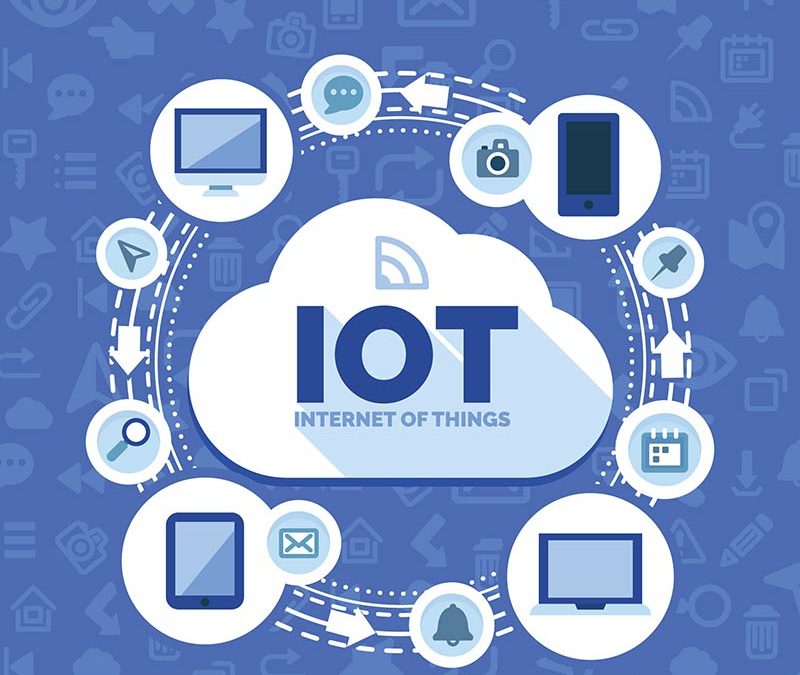As we all know, IoT is an umbrella term defining technologies, applications, and the big science of collecting data with the help of interconnected devices. Today, more and more companies are depending on IoT devices for the effective operation of their businesses through real-time analysis, insights, and actions.
Amidst the growing influence of IoT, the major challenge that many startups are facing is to identify what their core needs and concerns are, and how many of these problems can be reasonably resolved using the IoT integrated technology.
It should also be noted that almost all IoT solutions need an ecosystem of partners to function efficiently. While many vendors provide an end-to-end IoT solution to customers, it is near impossible for them to develop all the components by themselves.
From a business perspective, you need to think thoroughly and consider all the factors before opting for any IoT solution. Here are five things you need to look for while choosing the Internet of Things (IoT) components for your business.
It Solves A Specific Problem
Even if you are taking help from a comprehensive platform company for your IoT requirements, you need to be very specific about what kind of solution you are looking for. Every IoT service provider has a specific use case that helps customers understand and purchase the product easily. For example, a company that considers predictive maintenance solutions as its primary service will sell devices with sensors, cameras and data analytics. These devices will have the capability to determine when a piece of equipment will fail before it does, making it possible to take preemptive measures beforehand. These predictive maintenance devices will be the company’s anchor products, and the quantifiable results will assure the business’s credibility.
There Is An Edge Processing Strategy
Ask your service provider if there is an edge processing solution in the IoT technology. Many firms use sensor devices that can accumulate data and send it to the cloud for processing. However, they still need to do a certain amount of processing at the edge for the proper execution of the business operations. Whether you need to gather and process data immediately or want to refrain from sending large volumes of data to the network, it is a good idea to build a strategy that tells you when to analyze data at the edge and when to send it to headquarters.
It Can Handle Correlation And Analytics
While you should choose an IoT device keeping the edge processing in mind, you must also ensure that it has a certain amount of intelligence to analyze the data effectively. For example, if a device collects data and sends it to headquarters every 5 minutes, its battery will be drained. On the other hand, if the device collects and sends data every 12 hours, the wait will be too long to resolve any issues that might come up. Your solution should be intelligent enough to remember the new IoT data but not send it unless it’s abnormal. The best IoT systems have machine learning technology that analyzes patterns and provides clear information to the user.
It Saves You Time And Money
A great IoT solution is one that works quickly and helps you reserve battery as well. You may prefer using a battery-powered IoT solution as it is more economical compared to hardwiring electrical lines to each sensor. However, if you have to replace batteries every six months, it will increase the overall cost to the company. The best course of action is to implement an IoT solution that knows how to process and deliver data in a way that optimizes the device’s battery life and lasts long.
It Is Reliable And Secure
For every business owner, it is important to know if the network, the hardware, and any individual accessing the data can be trusted. While encryption is the first line of defence in an IoT solution, you must also look for other security options as well. By implementing best practices like identification and authentication, you can easily ensure additional safety for your IoT system. IoT solutions should be kept up to date to prevent any future threats.
The continuing evolution of the Internet of Things market is making it simpler for masses to access data and consume it. Now that we have other emerging technology like VR, AR, and robotics, we have a better opportunity to unlock previously untapped revenue and gain new competitive advantages in the market!


